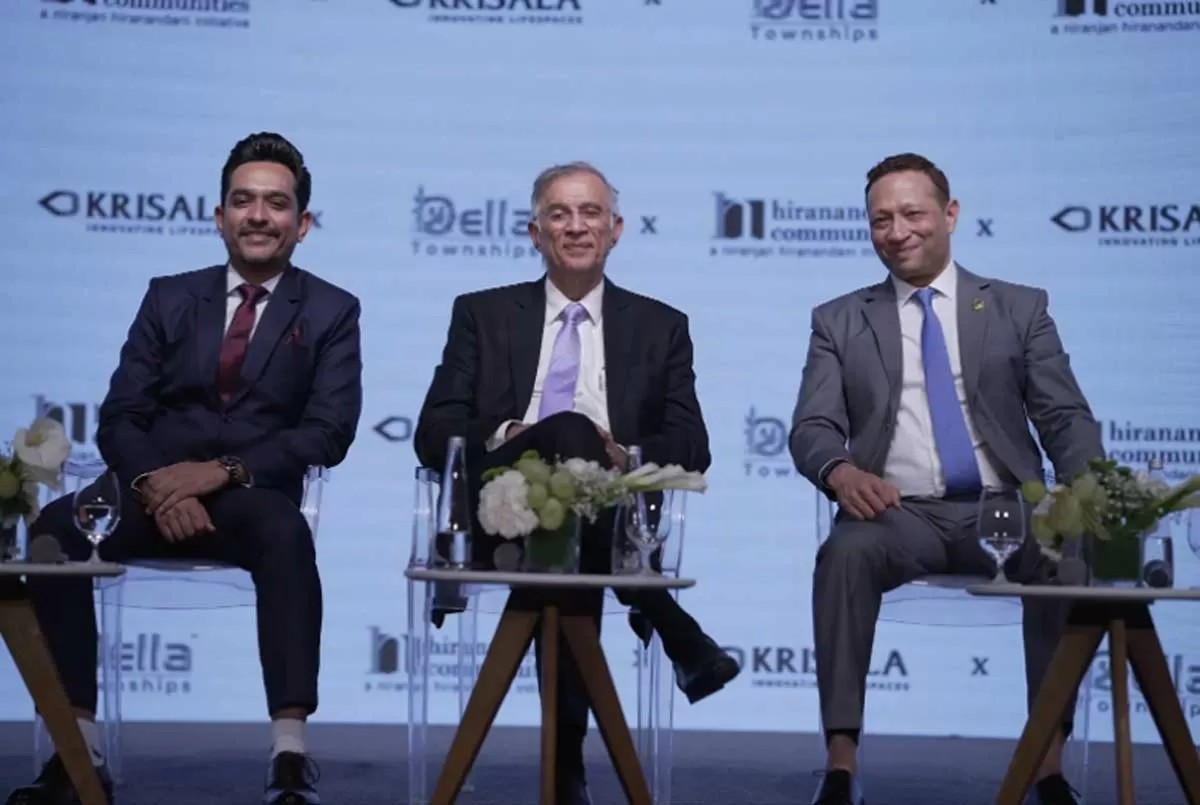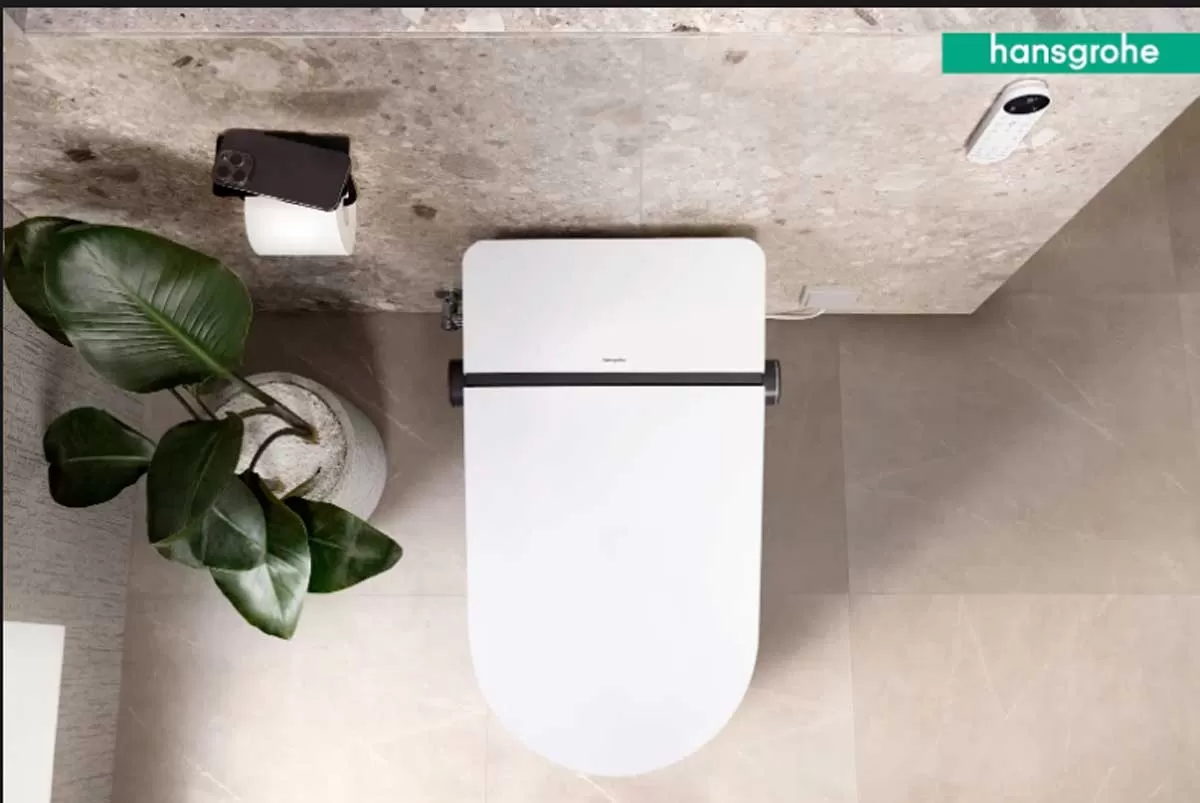SUNIL SRIVASTAVA anticipates faster economic growth and investments in large-scale projects for the Indian Railways.
India has the world's third-largest railway network under single management operating over 19,000 trains daily. In FY15, Indian Railways had a total route network of 64,600 km spread across 7,172 stations, 12,617 passenger trains carrying over 23 million passengers daily and transporting 1,101 million tonne (mt) of freight.
Investing in tomorrow
The government has focused on investing in railway infrastructure with investor-friendly policies such as enabling FDI in railways to improve infrastructure. In fact, Indian Railways is aiming at $500 billion investment in the next 10-12 years to increase capacity. Detailed sectoral guidelines on FDI have been issued with conditions of engagement and permissible areas. These include suburban corridors, high-speed trains, rolling stock, freight terminals, station modernisation, bio-toilets, and technological solutions to improve safety.
The long-term plan of the Ministry of Railways is to construct six high-capacity, high-speed dedicated freight corridors along the Golden Quadrilateral and its diagonals. The 2014-15 Union Budget envisages a Diamond Quadrilateral network of high-speed rail, connecting metros and growth centres and the development of identified stations to international standards with modern facilities and amenities, through PPP mode. Private investment in railway logistics is to be encouraged and the Railways proposes to modernise operations by setting up logistic parks for warehousing, packaging, labelling and distribution.
Currently, Indian Railways is focusing on finishing capacity augmentation projects with the highest rates of return. There are 154 new line, 42 gauge conversion, 166 doubling and 54 railway electrification projects underway across the country. Projects likely to have maximum visibility and impact on the image of the Railways include the high-speed rail between Mumbai and Ahmedabad, for which the feasibility study is complete. The Japanese government has shown interest in funding this project as it is along the Delhi-Mumbai Industrial Corridor.
Key challenges
However, Indian Railways has its share of challenges. Primary among them is lack of funds: The Railways requires Rs 182,000 crore for around 350 planned projects. It also requires funds to upgrade existing trains to run at higher speed. Some funds will come through LIC, which has signed an MoU with the Railways to fund Rs 1.5 lakh crore over the next five years. However, getting the rest of the money will be difficult as a large number of projects are not commercially viable. Also, the Railways is not considered investor-friendly. Although the Railways did give a nod to PPP in the past, the private sector did not seem too keen on investing because of a lack of business-friendly policies of the government. This will be a big obstacle to overcome.
Policy matters
Going forward, some significant policy changes are expected. Among them is the establishment of an independent tariff and safety regulatory authority. Besides determining the fare and freight structure, the regulator will monitor efficiency and passenger safety, while acting as arbitrator in possible disputes among private investors and the Railways. The existence of a regulator - coupled with other initiatives such as accounting reforms - will create an enabling climate for investors. Another step forward will be to sign agreements with states to form companies where the state and Railways can both pick up equity. The Centre will work closely with states to make Railways the backbone of national connectivity. There will also be a push to harness solar energy by utilising rooftop spaces of railway stations, other railway buildings and land, through the PPP mode.
The development of identified railway stations can prove to be a game-changer with the potential to improve facilities for passengers and give a boost to the realty sector. However, Indian Railways will need to come across as investor-friendly for this to succeed.
About the Author:
Sunil Srivastava, Managing Director, Balaji Railroad Systems Ltd (BARSYL) and Founder, Institute of Metro & Rail Technology, has about 25 years of experience in rail infrastructure projects in India as well as overseas.


















